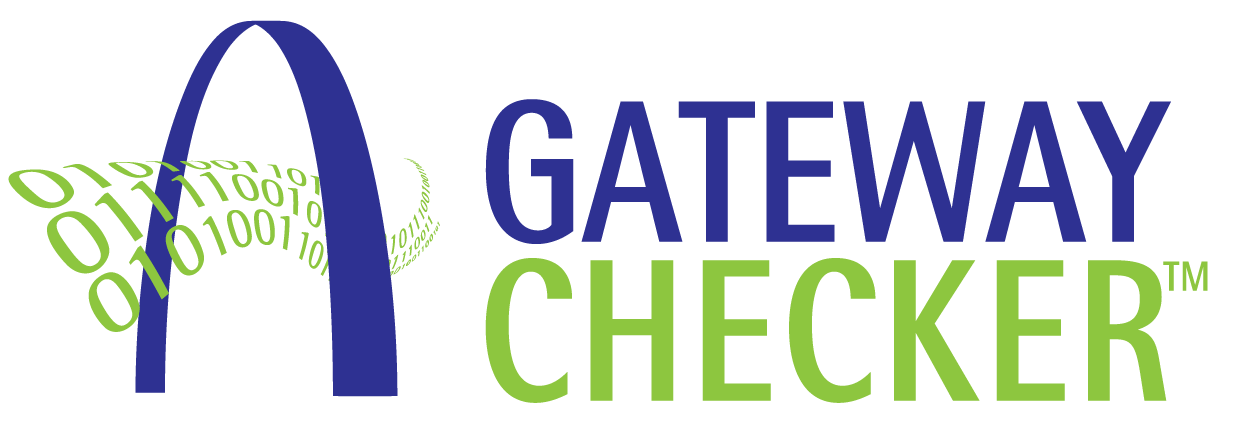Florida marks a milestone as the FDA authorizes the state to import prescription drugs from Canada to alleviate high drug prices.
This decision, resulting from bipartisan discussions and executive orders, grants Florida a two-year period to implement its drug importation program, potentially saving the state up to $183 million in the first year.
However, obstacles remain, requiring Florida to fulfill additional FDA requirements, conduct quality testing, and address potential Canadian restrictions. The FDA’s approval is a political triumph, yet the program’s impact on overall drug prices for Floridians is uncertain.
Furthermore, what will the impact be on supply integrity? Will Canadian medications imported to the US be required to comply with the enhanced traceability requirements of DSCSA? What mechanisms will be implemented to ensure authenticity of the medication? With many domestic partners struggling to adhere, its interesting to see how Canadian entities will navigate this process.
Will other states explore similar strategies to combat high drug costs? What will happen to prices as demand shifts from domestic supply to Canada?
The Importance of Anti-Counterfeiting Solutions
Published January 11th, 2024
The global pharmaceutical industry faces a significant challenge with counterfeit medicines, estimated to be one in 10 medical products in low- and middle-income countries, leading to a $30.5 billion spending on substandard drugs.
Counterfeit medicines, often indistinguishable from genuine ones, pose severe risks, including toxic ingredients that can be life-threatening.
The US pharmaceutical supply chain is among the safest and most secure especially when medicines are exclusively supplied through authorized trading partners. Nonetheless, recent counterfeit Ozempic and Muro 128 products remind us that risks from fake medicines remain.
To combat this, healthcare and pharmaceutical organizations must embrace innovative anti-counterfeit technology solutions, prioritizing simplicity, ease of deployment across the supply chain, and adherence to standards.
Mapping the supply chain, leveraging digital tracking, financial transaction analysis, and evaluating delivery infrastructure can identify vulnerabilities, while trusted champions in the supply chain can be crucial in verifying authenticity.
While you can’t prevent counterfeiting, you can make it harder to do, and criminals easier to catch. And this all starts with implementing a traceability solution that protects the integrity of your supply chain.
See how Gateway Checker makes this possible.
FDA: Additional Time to Refine Systems and Processes for Interoperable Electronic Tracing
Effective August 25, 2023: FDA issues new compliance policies to help supply chain stakeholders attain enhanced traceability under DSCSA.
FDA recognizes that additional time beyond November 27, 2023 is necessary to “stabilize and be fully interoperable for accurate, secure, and timely electronic data exchange.”
FDA is issuing this compliance policy to provide additional time, beyond November 27, 2023, to attain compliance without hindering access to prescription pharmaceuticals.
While FDA is strongly urging supply chain stakeholders to continue their efforts to deploy enhanced traceability solutions, FDA does not intend to take action to enforce enhance drug traceability until November 27, 2024.
Per FDA:
“This guidance is not intended to provide, and should not be viewed as providing, a justification for delaying efforts by trading partners to implement the enhanced drug distribution security requirements under section 582(g)(1) of the FD&C Act. FDA strongly urges trading partners to continue their efforts to implement necessary measures to satisfy these enhanced drug distribution security requirements.”
Gateway Checker Introduces Gateway CertifiedTM Program to Support DSCSA Interoperability Requirements
Lexington, MA, August 28, 2023 – Gateway Checker, the industry’s leading GS1-certified conformance testing service, today announced the introduction of the Gateway Certification program. A “Gateway CertifiedTM” drug transaction report enables organizations to be confident that they are compliant, interoperable, and fully conform to industry and regulatory requirements.
In November, all pharmaceutical trading partners will need to be compliant with DSCSA. Compliance requires electronic tracing of item-level product through interoperable systems. Although trading partners may be able to exchange records, there is no way to know if these transaction records are accurate, compliant, and interoperable, until problems emerge. Proactive identification of conformance issues minimizes surprises and time-consuming, costly exception handling, rework, and reverse logistics that can disrupt safe and secure access to essential medicines.
The Gateway Certification program leverages Gateway Checker’s TraceReady application for drug transaction quality assurance. Transaction records that pass TraceReady’s rigorous conformance testing requirements are eligible to be Gateway Certified. The Gateway Certified seal of approval means all trading partners can be confident in the data’s quality, ensuring integrity across the entire supply chain.
“Today most trading partners are operating in the dark when it comes to DSCSA record conformance. Problems are discovered too late and can be very costly and time-consuming,” commented Gary Lerner, CEO of Gateway Checker. “The only way to know is to test. Gateway Checker’s fact-based approach to testing and certification allows users to quickly understand and address areas of non-conformance and dramatically improve supply chain efficiency.”
“As a distributor, we literally have to connect with 100,000 customers using varied DSCSA solutions. It is not efficient or effective for us to negotiate the file transmission and completeness with every single one of those connections,” emphasized Scott Mooney, Vice President of Distribution Operations at McKesson Corporation. “For that reason, we are firmly committed to following the GS1 DSCSA implementation guide and Gateway Checker is the best tool for us to be able to validate that our EPCIS files are conformant. Having our transactions Gateway Certified puts us in an affirmative position and significantly minimizes conflicts when we start sending data to our customers who may claim that our files are in error.”
Certification is available for manufacturers, distributors, wholesalers, and solution providers. Gateway Checker also offers Gateway Certification for validation of VRS product verification systems. Click here to learn more about the Gateway Certified program, or contact our team with any questions.
Gateway Checker will be at the HDA 2023 Traceability Seminar, Washington DC, Aug 29-31, 2023.
Media Contact: Gary Lerner, glerner@nullgatewaychecker.com, 781-254-9987
About Gateway Checker
Gateway Checker™ is a Software as a Service platform that facilitates product traceability, DSCSA compliance, and unambiguously verifies the interoperability readiness of serialized pharmaceutical transaction records. Drug manufacturers, repackagers, and distributors can quickly and continuously test, validate, and certify adherence to GS1 US Rx EPCIS and VRS product verification application standards. Gateway Checker is certified by the GS1 US RX EPCIS Testing Service Certification Program and is owned and operated by the Gateway Checker Corporation, a wholly-owned subsidiary of BrandSure, LLC.
Antares Vision Group, through rfxcel, Joins the Gateway Certified™ Program to Lead VRS Standardized Testing Initiative
AV Group, which led an FDA-approved pilot to extend testing of the VRS, continues its DSCSA leadership by helping to test industry readiness.

TRAVAGLIATO, BRESCIA, ITALY, August 22, 2023/EINPresswire.com/ — Antares Vision Group, an Italian multinational and a leading provider of track and trace and quality control systems, today announced that it has joined the Gateway Certified™ program for Verification Router Service (VRS) verification to help pharmaceutical stakeholders prepare for upcoming serialization and drug product verification requirements in the U.S. Drug Supply Chain Security Act (DSCSA).
The industry established the VRS specifications to help verify the authenticity of products for salable returns. Many providers have developed solutions based on the VRS specification and have voluntarily collaborated in testing to ensure compliance and interoperability.
The Gateway Certified™ program for VRS Verify was established in response to industry concerns that manual methods and self-testing among more than a dozen solution providers was time-consuming, was not scalable, and lacked independent oversight.
Recognizing the importance of connectivity and interoperability, Antares Vision Group, through rfxcel technology, is committed to independent and objective VRS verification testing. “We recognize that solution providers need a more scalable, repeatable, and open testing approach,” said rfxcel CEO Glenn Abood. “We see the limitations of the current approach and see the potential impact on robust, reliable systems as well as adaptation to emerging requirements.”
“We appreciate Antares Vision Group’s leadership and ongoing commitment to facilitate information interoperability and product verification in the pharmaceutical supply chain,” said Gary Lerner, President of Gateway Checker Corporation. “We encourage all solution providers interested in establishing demonstrable VRS conformance to join the Gateway Certified™ program.”
The Gateway Certified™ program provides independent, objective, automated use-case testing to assure that pharmaceutical drug product verification requests and responses consistently meet industry and FDA regulatory requirements. It examines a system’s conformance to requirements and provides objective evidence that it consistently meets industry and regulatory needs.
Herb Wong, rfxcel senior vice president of product and strategy, will be facilitating a Roundtable Discussion about the VRS at the Healthcare Distribution Alliance (HDA) 2023 Traceability Seminar in Washington, D.C., on Wednesday, Aug. 30, from 1:30 to 3:00 p.m. To learn more, visit Antares Vision Group at Table-Top 21 at the seminar.
Herb Wong
rfxcel Corporation
Original article:

